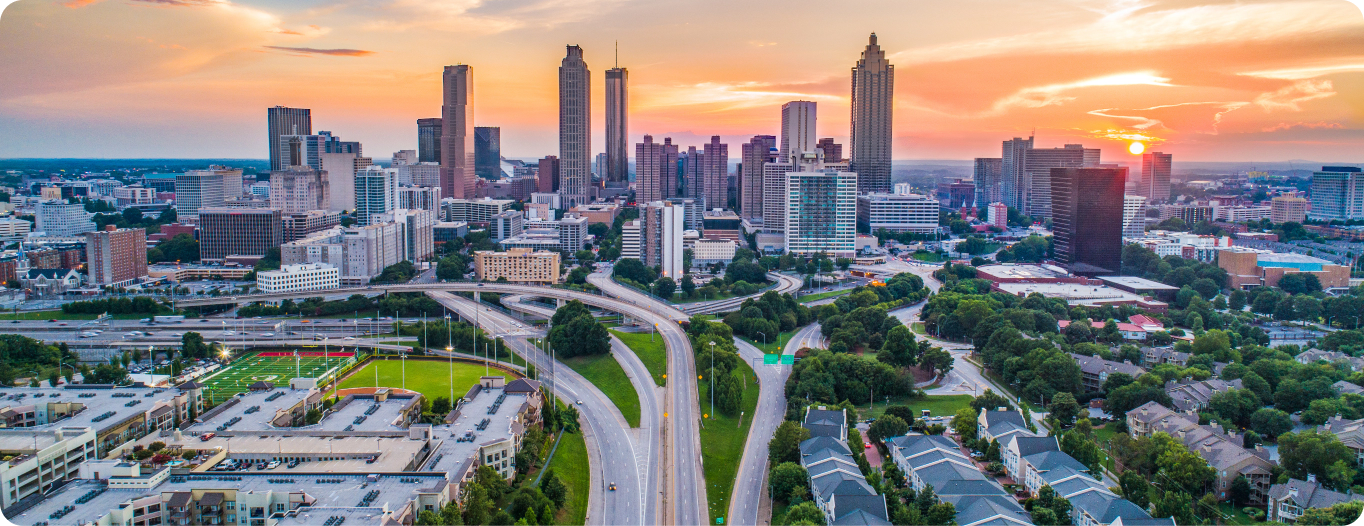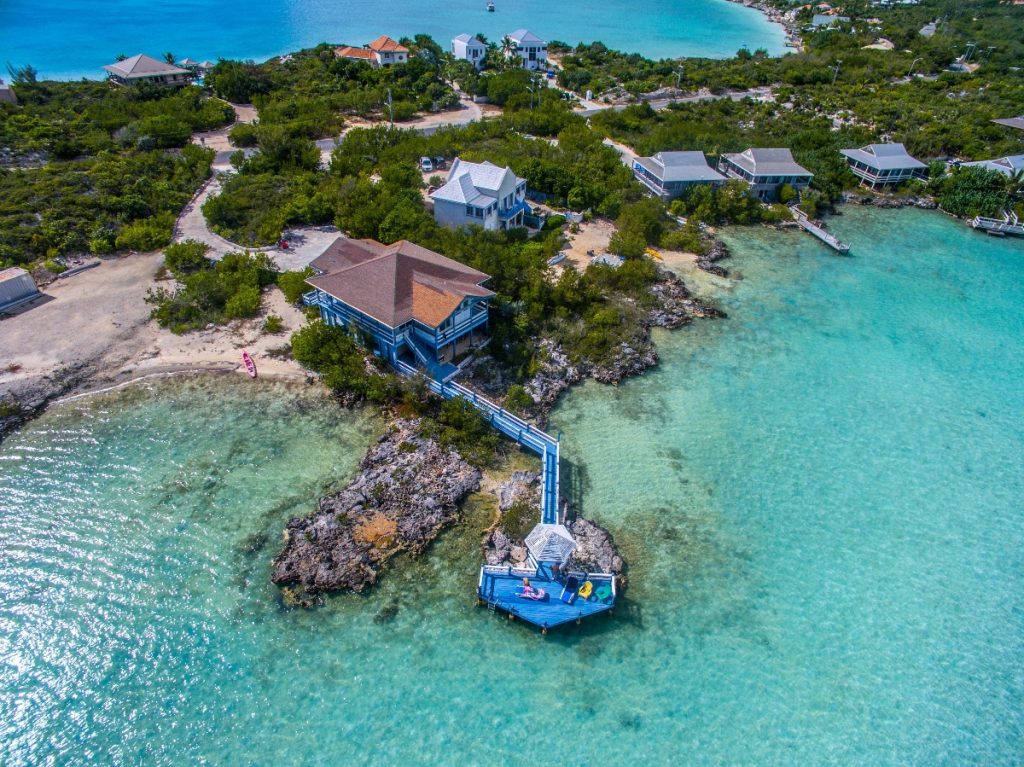Experienced Aerial Photographer Spokane for Commercial and Real Estate Projects
Experienced Aerial Photographer Spokane for Commercial and Real Estate Projects
Blog Article
Transform Your Perspective: The Art and Science Behind Drone Photography
Drone digital photography represents a considerable intersection of imaginative vision and technical technology, making it possible for designers to record viewpoints previously unattainable. Understanding the auto mechanics of drone innovation, from equipment selections to composition methods, is important for achieving engaging imagery. Additionally, considerations such as illumination and environmental conditions can exceptionally affect the last outcome. As digital photographers refine their abilities in both aerial method and post-processing, they unlock a richer narrative possibility. Yet, what absolutely distinguishes effective drone photography from simple airborne pictures? Discovering this concern reveals much deeper understandings into the craft and its advancing landscape.
Recognizing Drone Technology
Comprehending drone innovation is essential for anybody curious about harnessing its abilities for digital photography. Drones, or unmanned airborne automobiles (UAVs), count on a mix of software and hardware to achieve flight and capture images. At their core, these gadgets are geared up with sensing units, cams, and navigating systems that allow them to fly autonomously or be controlled remotely.
The key parts of drone technology include the flight controller, which offers as the brain of the drone, processing data from various sensing units to make sure stable flight. In addition, GPS modern technology plays a vital function in navigation, allowing drones to comply with pre-defined flight courses and preserve their placement even in challenging conditions.

In addition, comprehending the governing landscape bordering drone use is essential, as it regulates where and just how drones can be run, making certain safety and compliance. Familiarity with these aspects of drone technology empowers photographers to optimize their creative possibility while sticking to lawful guidelines.
Necessary Devices for Drone Digital Photography
Picking the appropriate equipment is essential for achieving extraordinary cause drone digital photography. At the heart of this setup is the drone itself, which should be chosen based on trip stability, cam top quality, and ease of usage. Popular models often include built-in high-def electronic cameras that record stunning aerial images.
Along with the drone, spending in a top quality camera is important. Numerous drones come geared up with electronic cameras efficient in shooting in 4K resolution, yet for professional-grade outcomes, think about a drone that allows for compatible electronic cameras or sustains larger sensing units. This adaptability can significantly boost picture quality.
Stablizing is one more crucial element. A three-axis gimbal is suggested for smooth video, minimizing resonances that can interfere with photo quality. In addition, extra batteries and a reliable charger make sure extended flight time, enabling for more comprehensive shoots.
Grasping Composition Techniques
Grasping structure strategies is essential to elevating your drone digital photography from common to phenomenal. A well-composed picture catches the visitor's attention and shares a powerful narrative.
Among the important concepts to think about is the regulation of thirds, which includes splitting your frame right into a grid of 9 equal parts. Positioning crucial elements along these lines or at their junctions creates visual rate of interest and balance. Additionally, leading lines can guide the customer's eye with the picture, accentuating the subject and including deepness.
Another efficient technique is mounting, where all-natural elements such as trees or structures encase the subject, enhancing the focal point. This method not just provides context but likewise develops a sense of affection within the scene.

Lastly, always bear in mind the perspective line. A jagged horizon can sidetrack and detract from an otherwise navigate to this website exciting picture. By mastering these make-up methods, you can dramatically boost the impact of your drone photography.
Illumination and Weather Condition Factors To Consider
In drone digital photography, the interplay of lighting and weather can significantly affect the high quality and mood of your pictures. Optimal lights problems are crucial; the gold hours-- soon after daybreak and prior to sunset-- provide soft, diffused light that boosts colors and minimizes rough darkness. During these times, the landscape shows up a lot more dynamic and vibrant, enabling spectacular aerial shots.
Conversely, cloudy skies can produce a level, soft combination, yet they can also supply even lighting that minimizes comparison and highlights information in the atmosphere. This can be useful for capturing structures in city setups or complex patterns in nature.
Weather, such as rain, fog, or snow, can additionally add one-of-a-kind aspects to your photography. Haze can create a sense of mystery, while rainfall can boost shades and saturate the landscape. It is important to think about the security of your drone; flying in damaging weather conditions can lead to tools damages or loss of control.
Inevitably, comprehending exactly how illumination and weather affect your aerial shots allows you to select the ideal conditions for your drone digital photography, making certain visually striking and engaging images.
Post-Processing Advice
After catching spectacular airborne photos, the following action involves refining those shots via post-processing. This critical phase boosts company website the visual impact of your photos, allowing you to highlight the distinct perspectives that drones give.
Beginning with software application devices like Adobe Lightroom or Photoshop, which supply robust editing abilities. Begin by fixing direct exposure and white equilibrium to make certain that your colors appear lifelike. Use pie chart checks to achieve optimum illumination degrees, avoiding overexposure or loss of detail in darkness.
Next, improve contrast to include deepness to your photos. Adjusting clarity can hone essential details without presenting sound, which is specifically beneficial in airborne shots where texture plays a considerable function. Do not shy away from cropping; this can assist focus the audience's attention on the primary subject.
Think about using a mild vignette to guide the audience's eye towards the center of the photo. By mastering these post-processing methods, you can elevate your drone photography to brand-new elevations.
Conclusion

What truly differentiates effective drone photography from simple aerial photos? Numerous drones come geared up with cameras qualified of shooting in 4K resolution, however for professional-grade outcomes, think about a drone that permits for compatible cameras or supports larger sensing units. By mastering these make-up strategies, you can considerably enhance the effect of your drone digital photography.
In drone photography, the interplay of lights and weather can drastically influence the quality and mood of your pictures (drone photographer). By grasping these post-processing methods, you can raise your drone photography to new heights
Report this page